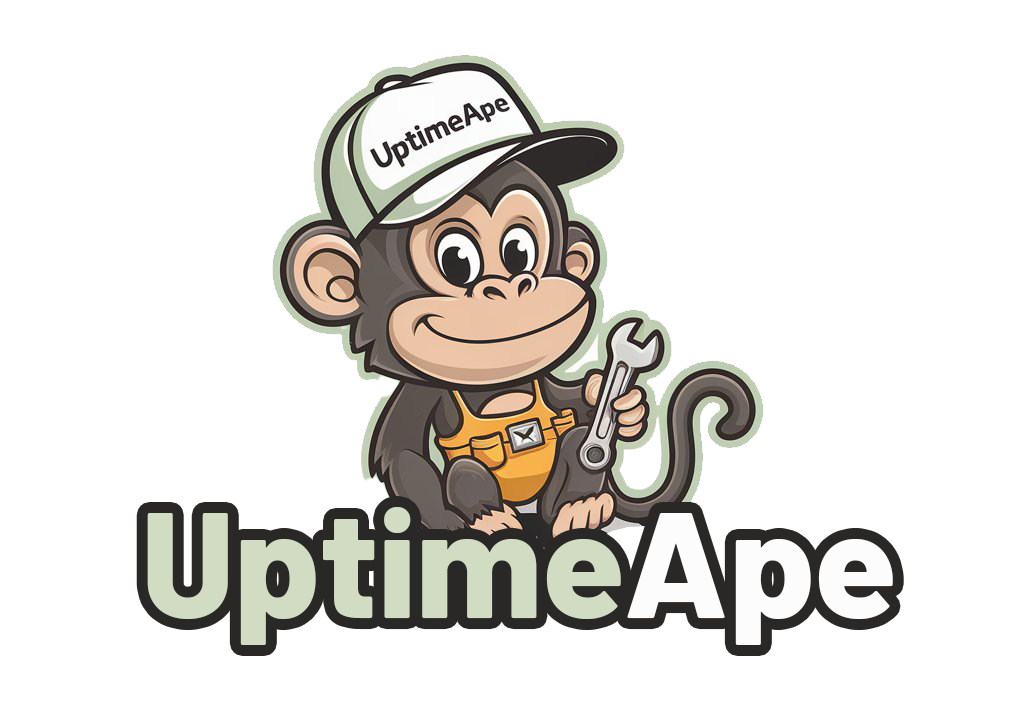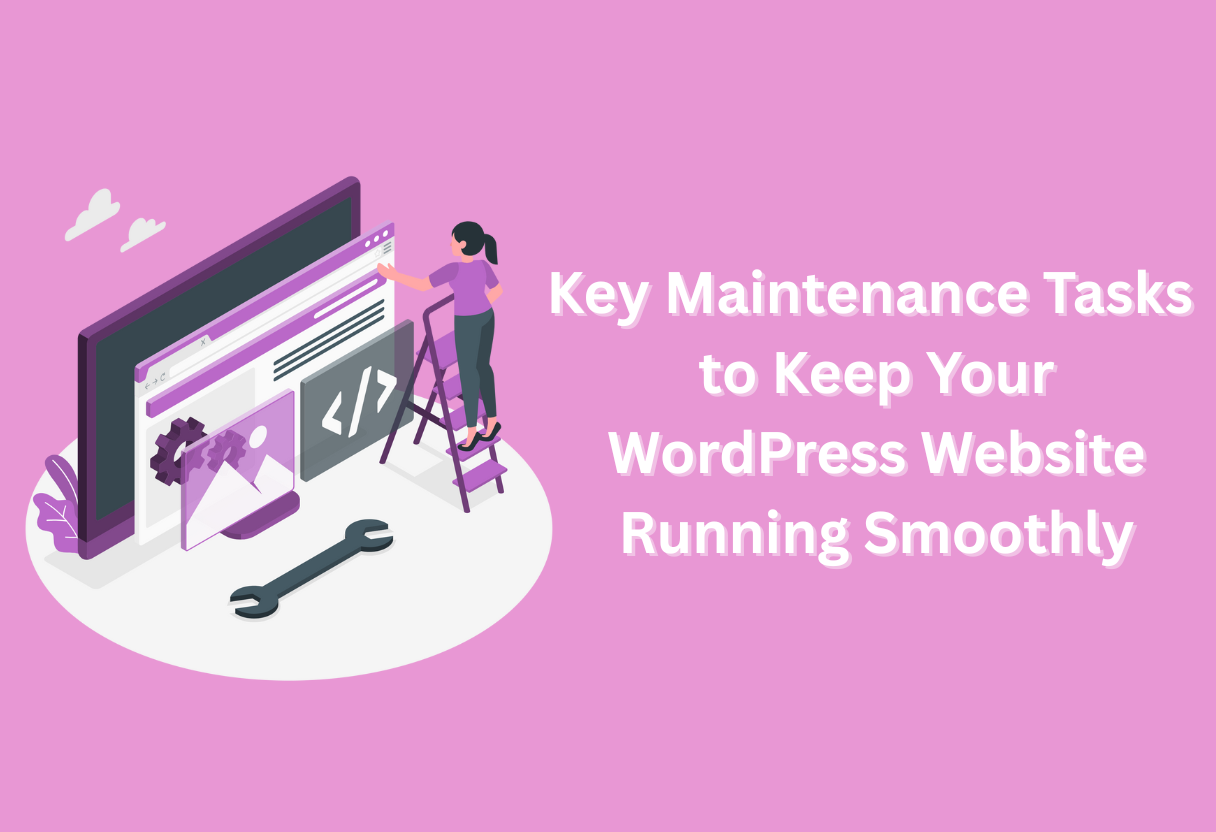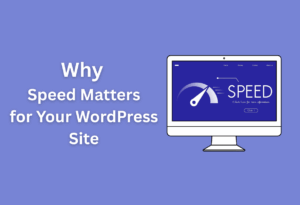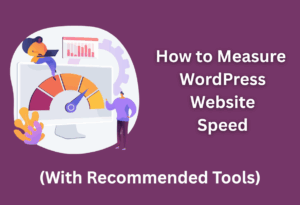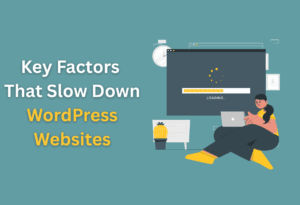There’s no denying that maintaining your WordPress website is crucial for optimal performance and security. By understanding the key maintenance tasks, you can ensure that your site remains fast, secure, and user-friendly.
From regular updates to backups and optimization, managing these elements will not only enhance your site’s functionality but also improve your visitors’ experience. In this post, we’ll outline the crucial maintenance tasks you should prioritize to keep your WordPress website running smoothly.
Importance of Regular Maintenance
The importance of regular maintenance for your WordPress website cannot be overstated. Just like a car needs frequent check-ups to run optimally, your website requires consistent attention to ensure its performance, security, SEO, and user experience remain top-notch. Ignoring maintenance can lead to slow loading times, broken links, and potential security vulnerabilities, ultimately driving visitors away. To avoid these pitfalls, it’s crucial to be aware of how to know if your site needs maintenance. Regularly reviewing your site’s performance metrics and keeping an eye out for unusual activity can help you stay ahead of any issues.
Regular WordPress maintenance benefits your site by keeping plugins and themes updated, which helps prevent vulnerabilities that could be exploited by malicious actors.
Additionally, routine checks can enhance site speed and functionality, providing a smoother browsing experience for your visitors. Ultimately, investing time and resources into maintenance not only protects your website but also boosts its credibility and user engagement.
Enhancing Website Performance
Performance issues can drastically affect how users interact with your site. Regular maintenance ensures that your website runs smoothly, loads faster, and provides a seamless browsing experience. This not only keeps your visitors happy but also encourages them to return.
Improving Security
Before you can provide a safe environment for your visitors, it is vital to address any vulnerabilities that may exist on your site. Regular updates to plugins, themes, and the WordPress core help prevent security breaches, ensuring your data and user information remain protected.
Enhancing security is an ongoing process that involves not just updates but also monitoring for suspicious activity. Implementing security plugins, strong passwords, and regular backups will further fortify your website against potential threats, creating a safe space for both you and your users.
Increasing SEO Rankings
Enhancing your SEO rankings is vital for attracting organic traffic. Regular maintenance allows you to update content, fix broken links, and optimize images, all of which contribute to a better search engine ranking.
It is vital to stay aware of the latest SEO trends and algorithm changes. By regularly auditing your website and making necessary adjustments, you can improve your visibility on search engines, leading to increased traffic and greater engagement with your content.
Boosting User Experience
Along with performance improvements, ensuring that your website is user-friendly enhances the overall experience. Regular maintenance includes checking functionality, troubleshooting issues, and ensuring that your site’s design remains appealing and responsive.
The user experience can make or break your website’s success. By providing a well-maintained website that is easy to navigate and enjoyable to interact with, you can foster deeper connections with your audience, ultimately boosting retention and encouraging conversions.
Updating WordPress Core, Themes, and Plugins
Any website owner knows that regularly updating your WordPress core, themes, and plugins is imperative for maintaining a secure and efficient site.
Updates often contain important patches that address vulnerabilities, fix bugs, and improve overall performance. By keeping everything up to date, you reduce the risk of security breaches and ensure your website operates smoothly.
Importance of Keeping Core Updated
Against the backdrop of evolving cyber threats, updating the WordPress core is vital. Each new version addresses previously identified security issues and introduces enhancements, ensuring that your website remains resilient against attacks and runs efficiently.
How to Update Themes
Keeping your themes up to date is simple and can significantly enhance your site’s design and functionality. To update themes, navigate to your WordPress dashboard under Appearance > Themes. If updates are available, you will see notifications that allow you to update with just a click.
To keep things visually appealing and functional, it’s advisable to check theme compatibility regularly, especially after your core WordPress updates. Also, consider the impact of customizations; sometimes, these can conflict with new updates, so it’s wise to test changes in a staging environment before proceeding.
Maintaining Plugins
Between theme updates and core updates, maintaining your plugins is also key to an optimized website. Similar to themes, plugins are often updated to improve functionality and security, and they should be regularly checked in your dashboard under Plugins > Installed Plugins.
In addition, outdated or unmaintained plugins can lead to potential security vulnerabilities and conflicts with other plugins or your WordPress core. Always review your installed plugins and remove any that are no longer necessary or supported by their developers to ensure your site performs at its best.
Best Practices for Updates
Plugins are a powerful way to enhance your WordPress site, but updating them requires careful management. Before proceeding with updates, it’s advisable to back up your site to prevent data loss in case something goes wrong during the process.
Plus, creating a timetable for regular updates, such as once a month or after major releases, can help you stay organized. Monitoring your site after updates is also imperative; keep an eye out for any issues or performance changes to address them promptly.
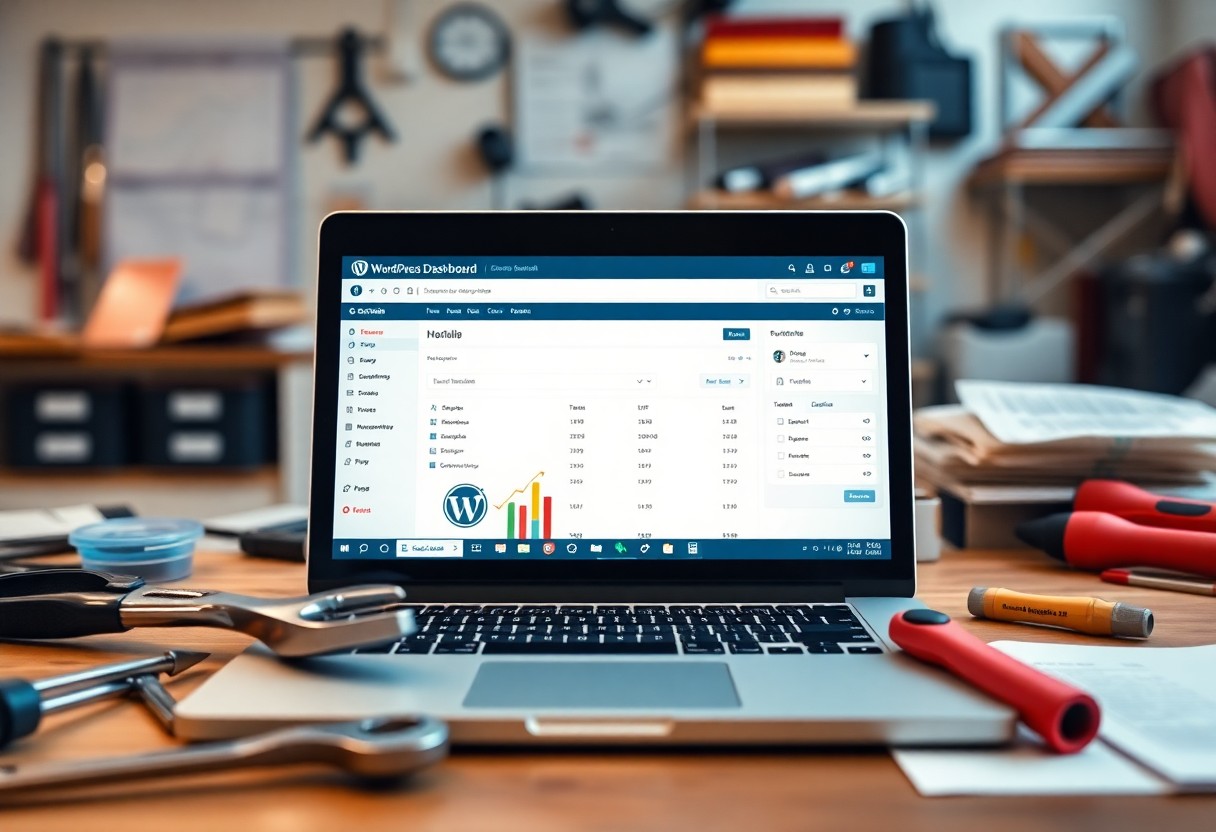
Backing Up Your Website
Your website’s reliability relies significantly on regular backups. In the event of a hack, accidental deletion, or server failure, backups serve as your safety net, ensuring you won’t lose valuable data or content.
They allow you to restore your website to its previous state quickly, minimizing disruptions and downtime. With the sheer number of potential threats out there, having a solid backup strategy is necessary for smooth operations.
Reasons for Backing Up
One of the primary reasons for backing up your website is to protect yourself against data loss. This may occur due to various reasons such as malware attacks, accidental deletions, or server failures.
Backups ensure that you can quickly restore your site and minimize any downtime, keeping your business running seamlessly and maintaining user trust.
Recommended Backup Solutions
Below are some of the backup solutions that can help you keep your website safe and secure. Popular options include plugins like UpdraftPlus, BackupBuddy, and BlogVault, which offer automated backup schedules and various storage options.
Additionally, cloud services like Google Drive or Dropbox can serve as secondary storage locations to keep your backups secure.
Solutions like UpdraftPlus and BackupBuddy allow for complete control over your backup procedures. These plugins enable you to schedule automatic backups, ensuring you never miss an necessary update.
With options to store your backups on cloud platforms or download them directly to your computer, you can choose the method that suits your needs the best. Many of these tools also come with easy-to-follow restore processes, further simplifying your website management.
How to Create a Backup
Website backups can be easily created through your content management system or by using backup plugins.
If you prefer a manual approach, many web hosting providers offer built-in backup solutions you can access right from your hosting dashboard. Creating regular backups can save you time and stress when faced with unexpected issues.
Considering automated backup solutions will ease the burden of remembering to perform backups yourself. With plugins, you can set schedules that suit your website’s needs, whether it’s daily, weekly, or monthly.
This automation ensures that your data stays up-to-date without adding extra tasks to your to-do list. Furthermore, verifying that your backups are in good condition is necessary for a reliable recovery when needed.
Recovering from Backups
Between data loss scenarios, having access to backups allows you to recover your website quickly and effectively. If you’ve experienced a site crash or lost content, restoring from a backup can return your website to its previous state, making the recovery process smooth and efficient.
But simply having backups is not enough; knowing how to restore them is equally important. Most backup solutions provide user-friendly instructions for recovery.
Taking the time to familiarize yourself with this process in advance will ensure you can act promptly when something goes wrong, putting your mind at ease when managing your website. Doing so significantly reduces the risk of prolonged outages and keeps your online presence robust and secure.
Managing Website Security
Keep your WordPress website secure by proactively managing its security settings and protocols. This involves regular updates, implementing protective measures, and monitoring potential threats to safeguard your site’s integrity.
Implementing Security Plugins
With the right security plugins, you can enhance your website’s defenses against various threats. These plugins provide features such as firewalls, malware scanning, and login protection, allowing you to customize your security measures based on your site’s specific needs.
Regular Security Scans
Regular security scans help identify vulnerabilities and potential threats that could compromise your website. Integrating scheduled scans into your website maintenance routine ensures that any suspicious activity is detected promptly, allowing you to take corrective action immediately.
Further, keeping an eye on your website’s security status through regular scans enables you to maintain peace of mind. Automated scanning tools can alert you to uncommon modifications, outdated plugins, or themes that might expose your website to risks, ensuring you stay ahead of potential issues.
Strengthening Login Protocols
Strengthening your website’s login protocols is another significant step towards enhancing security. By implementing two-factor authentication, setting strong password requirements, and limiting login attempts, you can effectively reduce the risk of unauthorized access to your site.
Understanding the importance of robust login protocols can significantly minimize security risks. Familiarize yourself with best practices, such as using unique passwords for every user and regularly changing them, as these actions can deter malicious activities targeting your site’s credentials.
Safeguarding Against Malware
Safeguarding against malware involves adopting proactive measures to prevent infections. This includes regularly updating your themes and plugins, as outdated software can serve as entry points for malware attacks, putting your entire website at risk.
Consequently, staying vigilant in your cybersecurity efforts is important. Utilize reliable malware monitoring tools to automatically scan for and remove malicious code, minimizing the potential impact on your site’s performance and reputation. By combining these practices, you effectively create a robust barrier against malware threats.
Optimizing Website Performance
Unlike many other platforms, WordPress relies on various components that can impact your website’s performance. To ensure your site runs efficiently, you will want to focus on optimization techniques that enhance loading speeds and user experience.
Image Optimization Techniques
The large images can significantly slow down your website. By compressing images and using the appropriate file formats, such as JPEG for photos and PNG for graphics, you can reduce their file size without sacrificing quality.
Caching Solutions
With caching, you can dramatically improve your website’s speed by storing static versions of your pages. This means that when a user visits your site, they can access a pre-rendered page instead of making a request to the server every single time.
But bear in mind that not all caching solutions are created equal. You can choose between page caching, object caching, and opcode caching depending on your website’s specific needs. Implementing a robust caching plugin like W3 Total Cache or WP Super Cache can make a noticeable difference in performance.
Minimizing HTTP Requests
Against popular belief, every element of your web page makes an HTTP request, such as images, scripts, and stylesheets. By minimizing these requests, you can improve loading times significantly.
In addition, you can combine multiple CSS or JavaScript files into one to reduce the number of requests. Utilizing tools such as CSS Sprites and combining scripts can streamline this process, leading to a more efficient website experience for your visitors.
Speed Testing Tools
HTTP requests can slow down your website’s performance, but speed testing tools can help identify bottlenecks. Tools like Google PageSpeed Insights or GTmetrix provide valuable insights into your site’s performance metrics.
A comprehensive speed test not only points out what is slowing down your site but also offers actionable recommendations to enhance your website’s performance. Regularly using these tools will help you stay on top of issues and maintain an efficient online presence.
Monitoring Website Analytics
Once again, keeping your WordPress website running smoothly requires regular attention to website analytics. By monitoring how users interact with your site, you can make informed decisions that enhance user experience and performance.
Importance of Website Analytics
Among the primary benefits of website analytics is the ability to understand user behavior. By studying this data, you can identify what content resonates most with your audience, helping you tailor your offerings effectively.
Key Metrics to Track
On a foundational level, you should be tracking metrics such as page views, bounce rates, and average session duration. These indicators provide insights into how effectively your website engages visitors and highlights areas that may need improvement.
Understanding these key metrics allows you to evaluate user engagement thoroughly. For instance, a high bounce rate may suggest that visitors are not finding what they expect on your site, signaling a need for content or design adjustments. Monitoring average session duration can also help you gauge whether users are interested in staying longer on your pages.
Tools for Monitoring Performance
Monitoring your website’s performance is simplified with the right tools at your disposal. Google Analytics, for example, provides comprehensive insights into user behavior, traffic sources, and conversions.
Metrics from tools like Google Analytics empower you to analyze website performance effectively. With customizable dashboards, you can focus on the metrics that matter for your specific goals. This performance data can help you track improvements over time and adjust your strategy accordingly.
Making Data-Driven Decisions
One significant advantage of utilizing website analytics is the ability to make data-driven decisions. By analyzing the information collected, you can create a strategy that aligns with your audience’s needs and preferences.
A solid data-driven approach enables you to optimize your content and marketing efforts intelligently. By regularly reviewing analytics, you can shift focus to strategies that are proving effective while eliminating less successful initiatives, ultimately leading to a more successful website.
To wrap up
The key maintenance tasks outlined are crucial for ensuring your WordPress website runs smoothly and efficiently. By regularly updating plugins, themes, and WordPress core, optimizing your database, and securing your site, you will enhance its performance and longevity. In addition to these essential tasks, it is important to regularly back up your website to prevent data loss in case of an emergency. For small businesses looking to streamline their website management, following specific wordpress maintenance tips for small businesses can help save time and reduce the risk of downtime. Implementing these practices not only protects your investment but also provides a better user experience for your visitors. Additionally, performing regular backups and implementing a content management strategy can significantly contribute to your website’s stability. Furthermore, there are several WordPress maintenance tasks you can do, such as monitoring your site’s uptime and review analytics to understand visitor behavior, which can help inform future updates and improvements. By prioritizing these activities, you can ensure that your site not only remains functional but also continues to meet the evolving needs of your audience.
Incorporating these practices into your routine will not only prevent potential issues but also improve your site’s user experience. Stay proactive in your website management, and you’ll reap the benefits of a well-maintained online presence.
Additionally, it’s important to create regular backups of your website to safeguard against data loss, allowing for quick recovery in case of unforeseen problems. Understanding what is WordPress maintenance can help you appreciate the importance of these tasks in maintaining the integrity of your site.
By staying informed and diligent, you will ensure that your website remains secure, functional, and ready to engage visitors effectively.
FAQ
Q: What are the imperative updates I need to perform on my WordPress website?
A: Keeping your WordPress website updated is vital for its performance and security. You should regularly update the WordPress core, plugins, and themes.
WordPress frequently releases updates that include new features, optimizations, and security patches. Check your dashboard for available updates and install them promptly. Additionally, consider setting up automatic updates for minor releases to streamline this process.
Q: How can I ensure my WordPress website remains secure?
A: To enhance the security of your WordPress site, start by using strong passwords and changing them regularly. Utilize security plugins that offer features like firewalls, malware scanning, and login attempt monitoring.
Regularly back up your website’s data, so you can restore it in case of an attack. Keep your server and software up to date, and restrict access to sensitive files. Running regular security audits can also help identify potential vulnerabilities.
Q: What maintenance practices can improve my website’s performance?
A: Improving your website’s performance involves several best practices. Regularly clear out spam comments and unused plugins or themes, as they can bloat your database and slow down your site. Optimize images before uploading them to ensure faster loading times.
Consider implementing caching solutions to improve load speed, and regularly check your site’s performance using tools like Google PageSpeed Insights. Monitoring your website’s uptime and response times can also provide valuable insights for enhancements.
